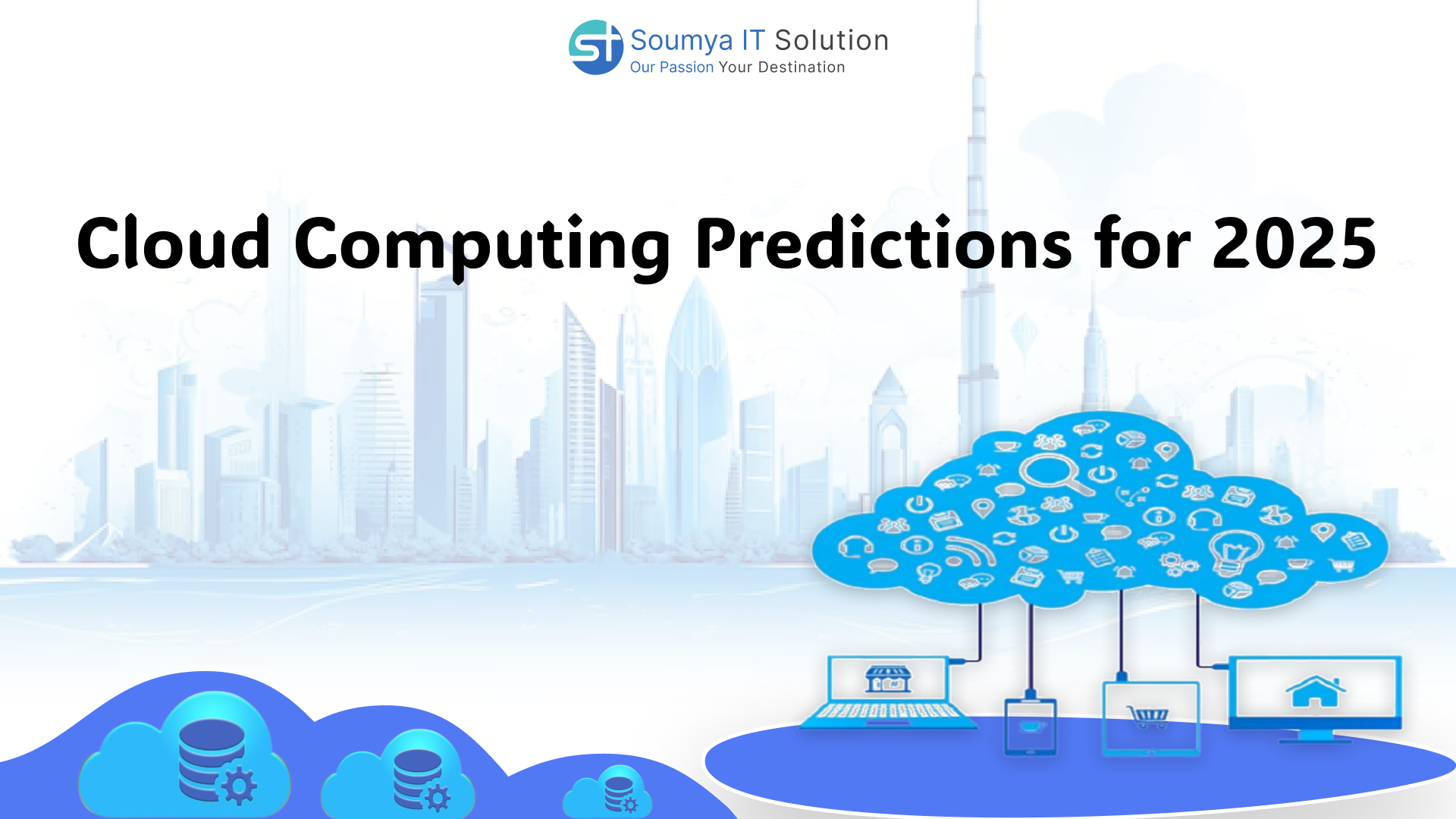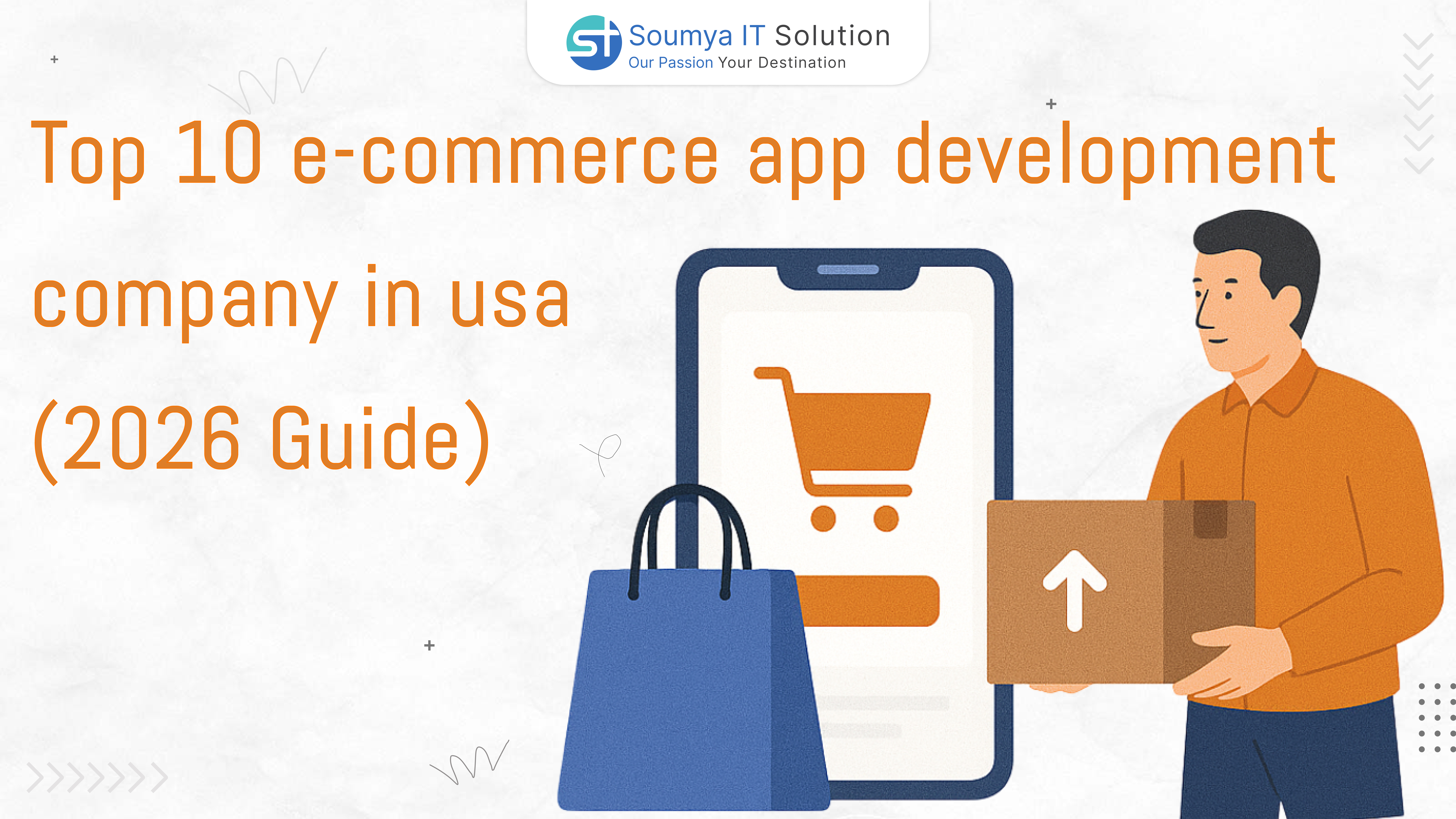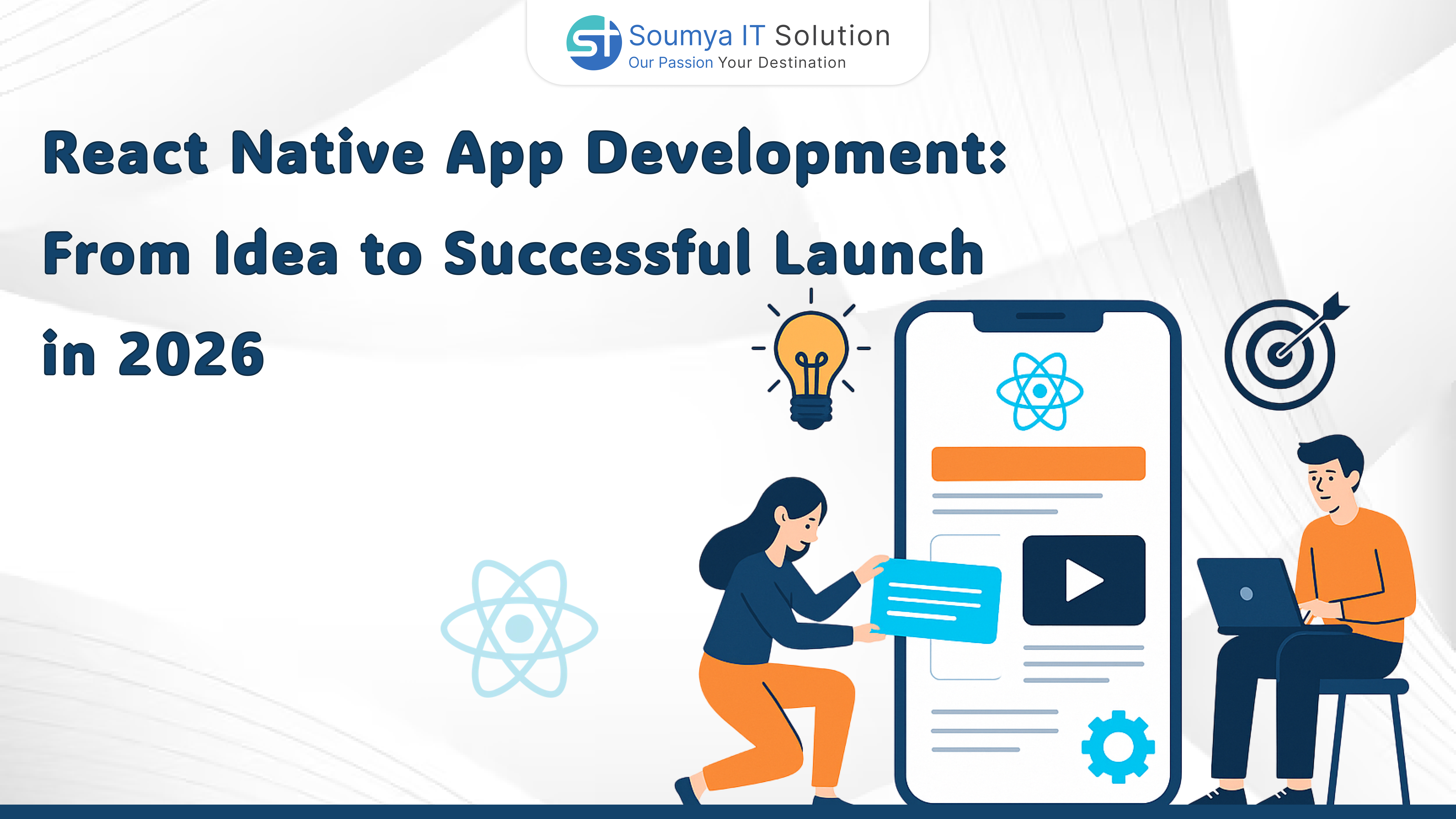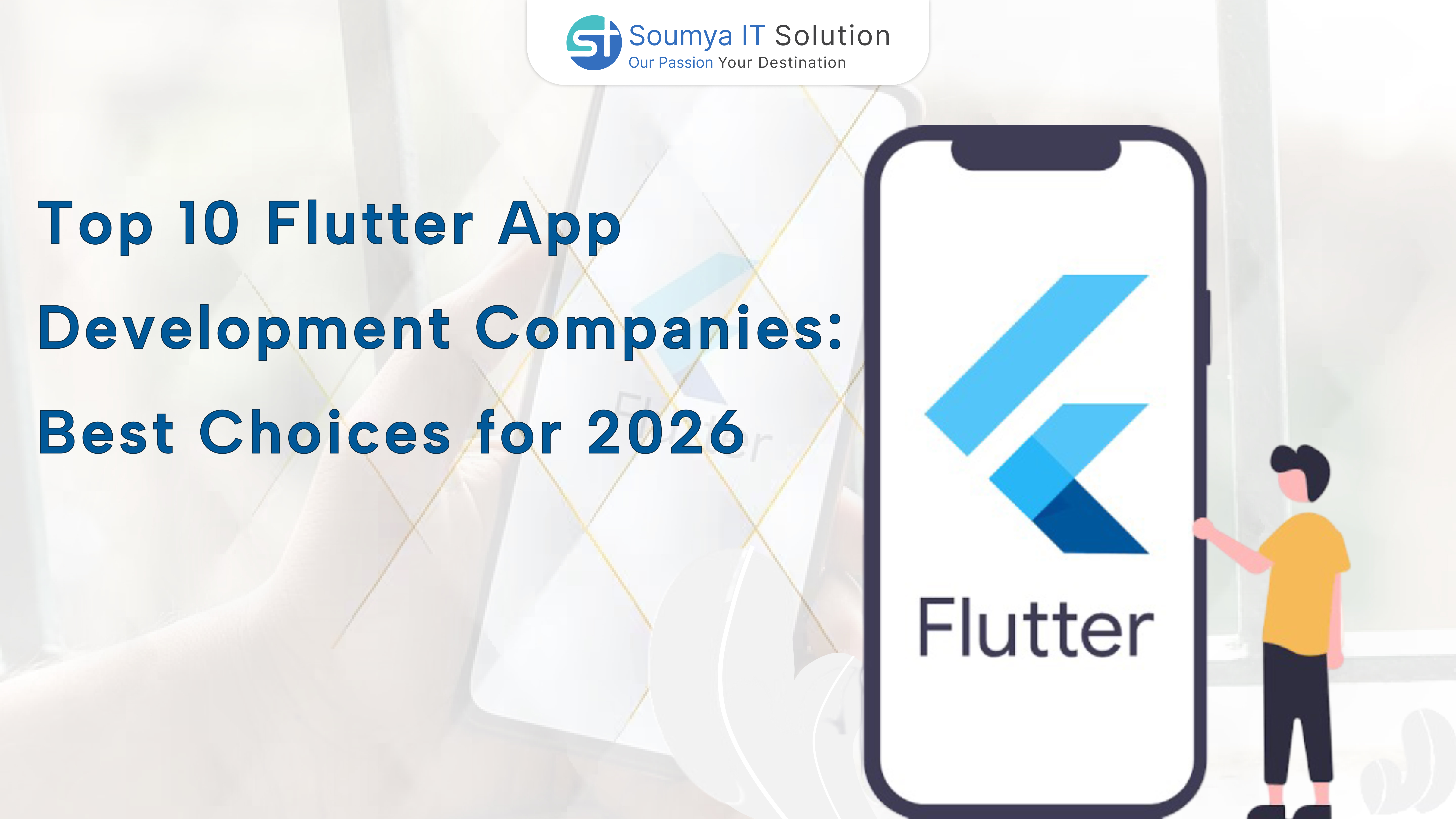
Cloud Computing Predictions for 2025: Key Trends and Innovations
Cloud Computing Predictions for 2025 Introduction: The Growing Importance of Cloud Computing Cloud computing has...
Cloud Computing Predictions for 2025
Introduction: The Growing Importance of Cloud Computing
Cloud computing has become the backbone of modern businesses. By 2025, cloud technology will go beyond basic storage or computing tasks. According to Soumya IT Solution, cloud computing will integrate with AI, IoT, edge computing, and multi-cloud strategies to provide faster, more secure, and scalable solutions for businesses worldwide.
In this blog, we’ll explore the key predictions for cloud computing in 2025, how they will impact businesses, and how Soumya IT Solution can help companies prepare for this technological future.
Cloud Computing Explained Simply
Cloud computing is a technology that delivers computing resources—such as storage, processing power, and software services—over the internet. This eliminates the need for heavy on-premise infrastructure and allows businesses to access applications and data from anywhere.
Main Types of Cloud:
-
Public Cloud: Managed by third-party providers like AWS, Microsoft Azure, and Google Cloud.
-
Private Cloud: Dedicated cloud infrastructure for a single organization.
-
Hybrid Cloud: Combines public and private clouds for flexibility.
-
Multi-Cloud: Uses multiple cloud providers to enhance reliability, performance, and cost-effectiveness.
Top Cloud Computing Predictions for 2025
1. AI and Machine Learning Integration
By 2025, most cloud platforms will integrate AI and machine learning, enabling:
-
Automated cloud operations
-
Predictive analytics for smarter business decisions
-
Early detection of system failures
-
Optimized business processes
Soumya IT Solution emphasizes that AI-powered cloud solutions help businesses make faster decisions and maintain a competitive edge in their industries.
2. The Rise of Edge Computing
Edge computing processes data closer to the source, reducing latency and enabling real-time applications.
By 2025, cloud-edge integration will:
-
Enable faster real-time data processing
-
Improve IoT device efficiency and smart city solutions
-
Reduce bandwidth costs
3. Multi-Cloud Strategies Will Dominate
Relying on a single cloud provider can be risky. Multi-cloud strategies provide:
-
Increased flexibility and redundancy
-
Cost optimization opportunities
-
Reduced vendor lock-in risks
Businesses will adopt multi-cloud strategies to ensure fast, reliable, and secure cloud solutions in 2025.
4. Focus on Security and Compliance
With sensitive data growing, security and regulatory compliance will become paramount. By 2025, cloud computing will feature:
-
Advanced encryption methods
-
AI-based threat detection
-
Tools to ensure GDPR, HIPAA, and other regulatory compliance
Soumya IT Solution provides solutions that help businesses stay compliant while safeguarding their data.
5. The Popularity of Serverless Computing
Serverless computing allows companies to run applications without managing servers. This approach will gain traction in 2025 because it:
-
Reduces operational costs
-
Speeds up development and deployment
-
Allows effortless scaling
6. Hybrid Cloud Model Will Lead
Hybrid cloud models combine private and public clouds, offering businesses the best of both worlds:
-
Sensitive data is stored securely in private clouds
-
Non-critical workloads run on public clouds
-
Balanced costs, security, and performance
By 2025, most enterprises will adopt hybrid cloud models for optimal efficiency.
Benefits of Cloud Computing for Businesses in 2025
-
Scalability: Increase or decrease computing resources as needed.
-
Cost Efficiency: Reduce upfront infrastructure costs.
-
Flexibility & Accessibility: Access applications and data from anywhere.
-
Faster Decision Making: AI and real-time analytics for instant insights.
-
Enhanced Security: Advanced encryption and proactive threat detection.
Industry-Specific Cloud Computing Applications
Healthcare:
-
AI-driven diagnostics
-
Telemedicine and remote patient monitoring
Finance:
-
Real-time fraud detection
-
Portfolio optimization and risk analysis
Retail:
-
Personalized customer experience
-
Inventory management and supply chain optimization
Manufacturing:
-
Smart factories
-
Predictive maintenance and operational efficiency
Smart Cities & IoT:
-
Traffic and energy management
-
Public safety monitoring
-
Real-time sensor data analytics
Cloud Computing vs Traditional IT Infrastructure
| Feature | Cloud Computing | Traditional IT Infrastructure |
|---|---|---|
| Infrastructure Cost | Low | High |
| Scalability | High | Limited |
| Maintenance | Minimal | Heavy |
| Flexibility | Anywhere access | On-site only |
| Security | Advanced encryption | Depends on setup |
Cloud computing enables businesses to operate faster, more flexibly, and future-ready.
How Soumya IT Solution Helps with Cloud Computing
Soumya IT Solution empowers businesses to adopt 2025-ready cloud strategies.
Our Services Include:
-
AI and edge-integrated cloud solutions
-
Multi-cloud and hybrid cloud implementation
-
Cloud security and compliance services
-
Serverless and automated cloud solutions
Benefits of Partnering with Us:
-
Industry-specific customized solutions
-
Scalable and secure cloud architecture
-
Expert guidance from planning to deployment
-
Future-ready cloud strategy for competitive advantage
FAQs About Cloud Computing in 2025
Q1. What is the future of cloud computing in 2025?
AI-driven cloud, multi-cloud strategies, edge integration, and advanced security will dominate, making cloud faster, more reliable, and scalable.
Q2. How will AI impact cloud computing?
AI will automate cloud operations, provide predictive analytics, detect failures early, and enhance decision-making.
Q3. What is a multi-cloud strategy and why is it important?
Multi-cloud uses multiple providers to improve flexibility, reliability, and cost efficiency while reducing dependency on a single vendor.
Q4. How will edge computing influence cloud computing?
Edge computing processes data closer to its source, reducing latency and enabling real-time applications. Integration with cloud enables faster, intelligent solutions.
Q5. What are the benefits for businesses adopting cloud computing in 2025?
-
Scalability and flexibility
-
Reduced operational costs
-
AI-driven real-time analytics
-
Enhanced security and compliance
-
Real-time edge-cloud integration
Conclusion: Cloud Computing in 2025
Cloud computing is no longer just storage or basic computing. By 2025, AI, edge computing, multi-cloud strategies, and advanced security will make cloud computing a vital platform for faster, smarter, and secure business operations.
Soumya IT Solution prepares businesses for this cloud future. Whether you are a startup or an enterprise, our friendly, AI-assisted cloud solutions can drive digital transformation and help your organization stay ahead in the competitive landscape.
Contact Us Today:
📞 +91 77372 33764 | +91 80581 64478
📧 sales@soumyaitsolution.com
🌐 www.soumyaitsolution.com
SEO Optimization:
-
Keywords: Cloud Computing 2025, Cloud Trends 2025, AI in Cloud, Multi-cloud, Edge Computing, Cloud Security, Digital Transformation, Soumya IT Solution
-
Headings and subheadings for readability & SEO
-
FAQs and industry examples for engagement







